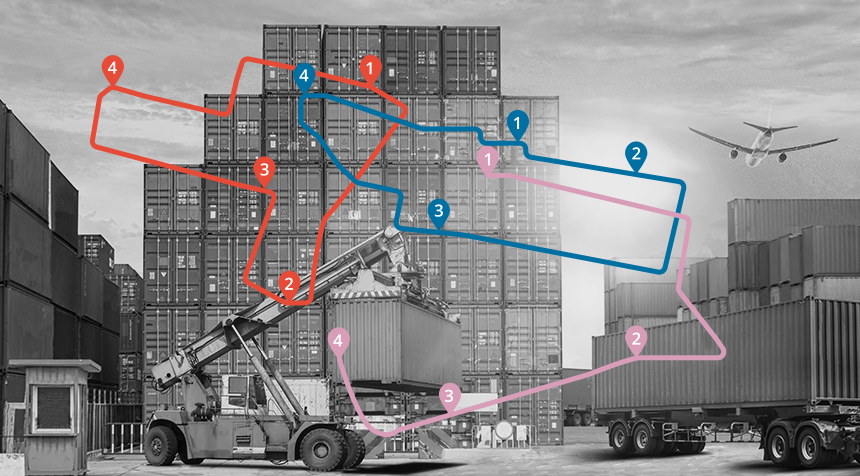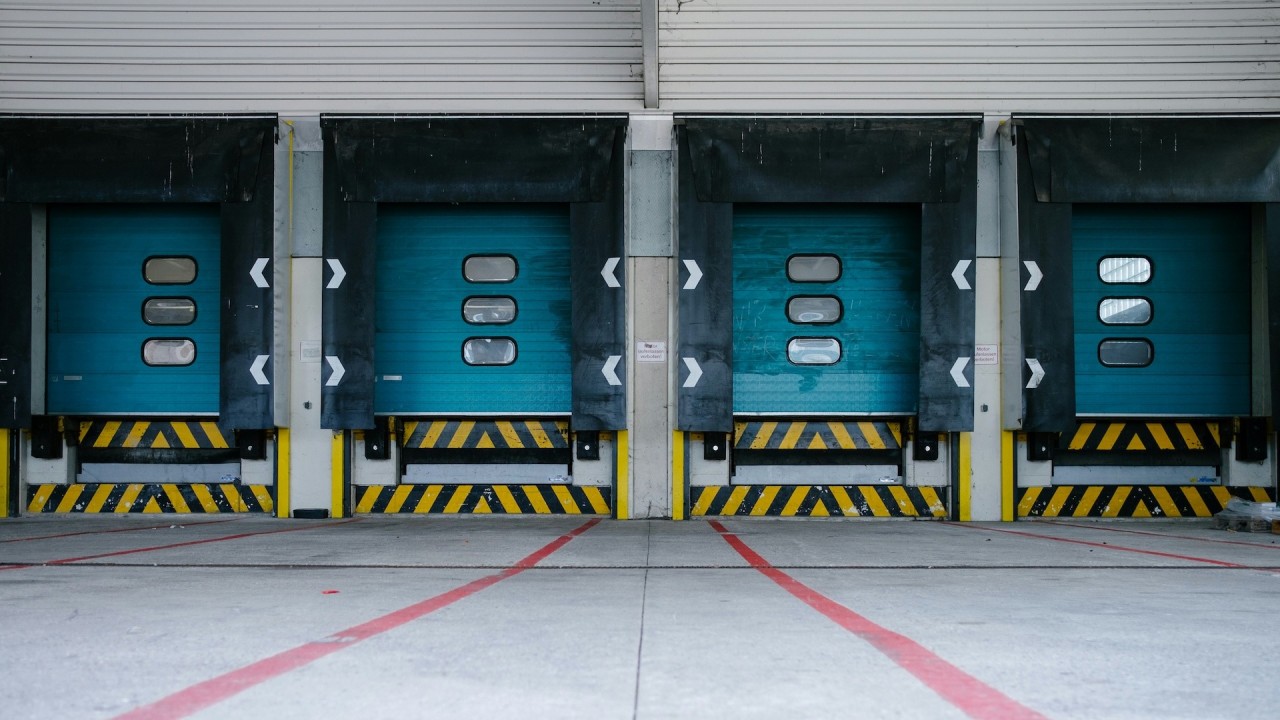Stock availability is the cornerstone of last mile delivery. Without a readily available supply of stock, it makes no difference how many drivers, delivery vans, or warehouses spread out over the country a retailer has access to. It all goes back to the stock.
With the world shaken up by the effects of the pandemic, supply chain problems have become commonplace. Often taken for granted, the humble supply chain’s role in meeting customer demand has become a hot news topic, with the need to find the right quantity of stock crucial.
What quantities of stock should be kept in reserve? What constitutes carrying excess stock? The balance is both crucial and delicate.
In short, ensuring stock availability is more critical than ever.
Here’s what you need to know.

What is stock availability?
Stock availability is one of the most important elements of any retail business. Ensuring that stock levels are sufficient to meet customer demand is a basic necessity of any retail business model. Stock availability entails ensuring that sufficient stock is available in the right places, and at the right times, to enable retailers to sell items and meet demand.
There are numerous aspects of maintaining a healthy level of stock availability. Reasons why retailers have stock availability issues include, but are not limited to:
- Inefficiency in handling ecommerce returns
- Delays in receiving goods from suppliers
- Infrequent inventory checks
- Inventory being held in the wrong place
- Understocking
- Overstocking
- Manual inventory data entry
With so many factors potentially making stock levels hard to manage, it’s essential to have proper systems in place to ensure that retailers know exactly how much inventory they have, and how much stock they need to have, in order to meet customer demand and remain competitive.
A unified view of inventory to ensure stock availability
Imagine a situation in which a customer wants to buy a few items, a couple of shirts perhaps. If they go to one store, they may find a number of shirts in different colors, but discover that the red ones aren’t available in their size. Conversely, if they had gone to another branch of the same retailer, they might have found that there were no blue shirts at all in stock.
Already, it’s clear from this very simplified example how it’s crucial to understand where stock is distributed, and why a holistic approach to improving stock availability is important. There might have been enough stock overall, but knowing on a granular level exactly how much inventory is to be found at each location, and keeping tabs on the specifics of each item, allows retailers to make smart choices about where to store stock.
Add to this the increase of online buyers looking to buy online and pick up in store, a phenomenon that is now being referred to as “the new normal”. When handling an online order of this type, it’s critical that the retailer knows exactly where stock is being kept, and then shift items between locations in time for the customer to pick up their order from one branch. Otherwise, consumers would be left with split orders, or higher waiting times till their orders are ready for collection – neither of which are particularly appealing.
Multiply this scenario by the hundreds and thousands, and it’s readily apparent how high quantities of inventory spread over multiple warehouses, and sold via multiple sales channels, can mean that it’s challenging to know exactly what the current inventory consists of, let alone where everything is physically located. As a consequence, product availability is that much harder to determine.
The answer is to use up-to-date technology and smart inventory management tools to properly manage inventory, prevent excess inventory building up in certain locations, ensure there are no deficits in others, and in general ensure good stock availability across the board.

Use inventory management tools
Real time inventory data is critical to keeping on top of stock availability in today’s retail environment. Tracking inventory across multiple locations is difficult to handle manually, and requires specialized tools which automatically manage stock, provide accurate demand forecasts, and make it much less of a headache to ensure stock availability.
Manage stock availability with predictive technology
There are two main aspects to inventory management. One is understanding the status of stock currently being held (or not being held, as the case may be). The other is being attuned to the market, and understanding what the typical inventory turnover ratio is, and what it may be like in the coming weeks and months.
Smart tools help implement demand forecasting, thereby enabling retailers to fine-tune their inventory management in accordance with the season and market conditions, all without investing too much capital in their inventory.
Avoiding excess and obsolete inventory
Finding the right balance is crucial for achieving a good inventory turnover ratio. Sitting stock might be available, but inventory being held in warehouses isn’t simply free – at a certain point, it constitutes obsolete stock and is a drain on resources.
Tracking purchasing behavior and historical trends, together with keeping tabs on inventory levels, helps predict exactly what level of safety stock is needed to keep up with customer demand.
Setting inventory reorder points, then monitoring and re-adjusting accordingly, helps retailers find the right balance between avoiding a long list of out of stock items on the one hand, and a glut of excess stock on the other, to improve stock availability in a way that is measured.
Think about how the entire world economy was severely impacted by just one ship in 2021. Back then, a single container ship traveling through the Suez Canal ran aground and blocked the route for other ships.
Toward the end of the saga, over 400 ships were backed up at either end of the canal, many of them carrying huge cargoes. The result was that supply chains around the world were interrupted, the stock availability of a myriad different products was slowed.
Being able to predict such events is obviously impossible and not the primary focus of last mile delivery, but such ships do get held up far more often than consumers are aware. And with problems in international supply chains well-documented and even making headlines, there’s no excuse for not being ready to deal with the after-effects of such delays and the shortages of stock that ensue.

How a unified view of inventory enables greater stock availability
The ability to track inventory is something businesses cannot compromise on. Without understanding where goods are, when they are expected to arrive, which warehouses they have arrived in and exactly which shelf they have been put on, it’s impossible to accurately let customers know when to expect their orders, or even to be sure that there is sufficient stock to meet demand.
The effect is circular: with good inventory management, retailers know their precise stock levels, and can re-order the right volumes at the right time before stock is totally depleted. In turn, by preventing the situation in which reserves are either completely out of stock, running dangerously low, or simply aren’t accurately logged, they can be sure that enough stock exists to continue to meet demand.
Stock availability, supply chain, and last mile delivery
There is no last mile delivery without a flowing supply chain. And there’s no flowing supply chain without a readily available supply of stock.
While much of the focus in last mile delivery goes to the different fulfillment methods being offered, the real key to stellar last mile performance has to begin with optimal inventory management.
Simply put, devoting resources to keep tabs on real time visibility is a must for any retailer seeking to improve stock availability and meet customer expectations.



